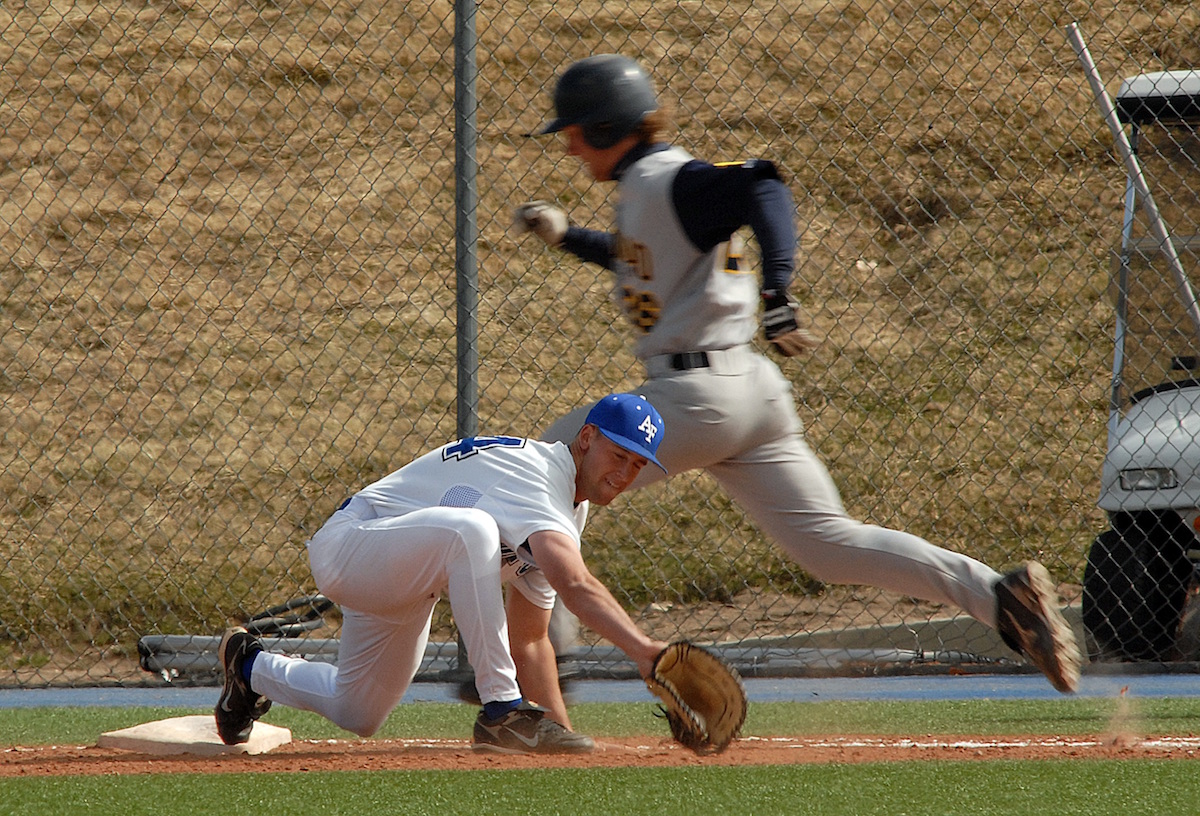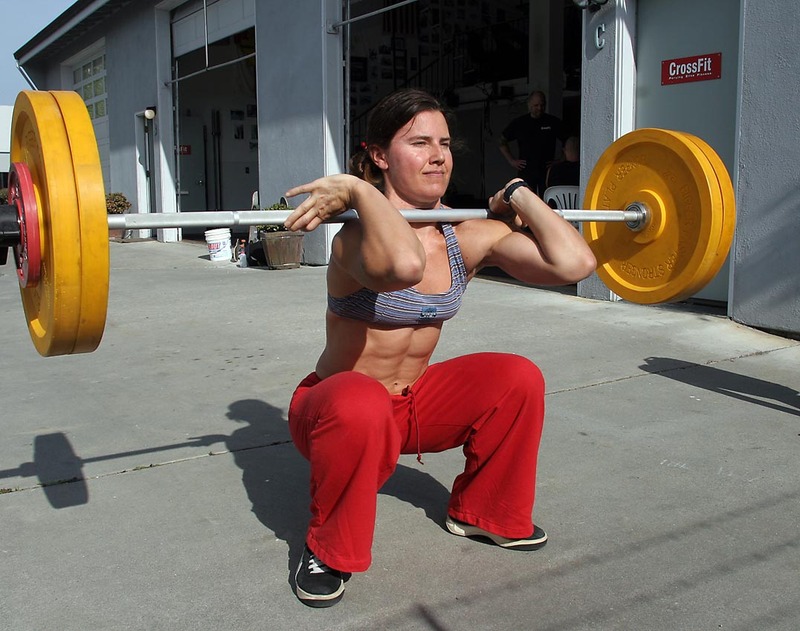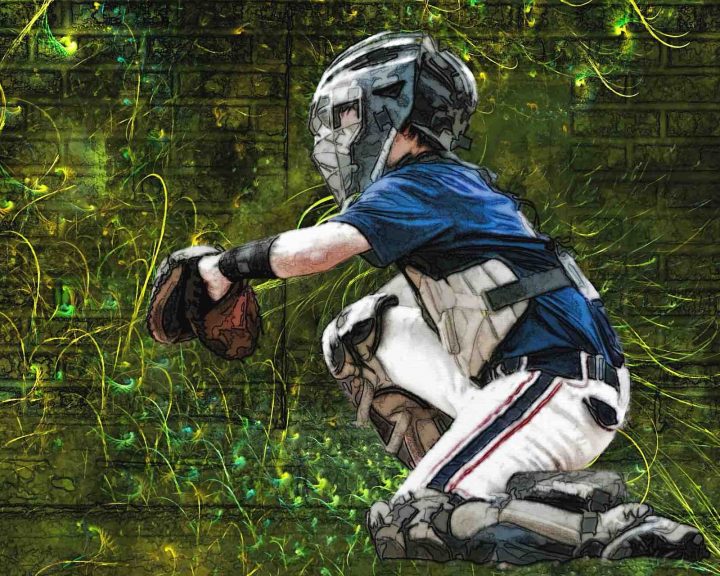For obvious reasons, coaches are interested in improving the performance of their athletes. Baseball is an interesting sport to prepare athletes for because of the sport’s long history, the fact that each position has a different role in the field, the different skills that the various positions have to have, and the fact that the sport really lends itself to measurement and statistics.
Hitting and pitching are easy to measure. In a sense, they are also both easy to train for. Defensive performance by the other infielders and by the outfield, is a little more complicated. Mangine et al, in the September 2013 issue of the International Journal of Sports Physiology and Performance, evaluated 22 professional baseball players that played for the Texas Rangers during the 2007-2011 seasons to determine if any anthropometric or physiological variables predict fielding performance. This is an important idea because if there are any variables that are strongly associated with performance, then improving them might help to improve the athlete’s performance in the field.
The variables studied included age, height, body mass, lean body mass, vertical jump peak power, vertical jump mean power, 10-yard sprint, the proagility, and maximal grip strength. The results are interesting:
- When looking at all players, regardless of position: body mass, lean body mass, vertical jump peak power, and vertical jump mean power were all correlated to the athlete’s fielding performance.
- When looking at just corner infielders: body mass, lean body mass, and vertical jump peak power were all correlated to the athlete’s fielding performance.
- When looking at just the middle infielders: only body mass and lean body mass were correlated to the athlete’s fielding performance.
- When looking at the outfielders: only the proagility was correlated to fielding performance.
The results reinforce the different roles of the various positions. The corner infielders need to explosive power to be able to get to foul balls, cover their bases, and handle overthrows. The middle infielders need the lean body mass to be able to make fast, accurate throws to the corners. The outfielders have to cover a much greater area when it comes to fielding than the infielders do, thus the proagility makes a lot of sense.
The results also reinforce the need to have differences in the training of the various positions. I don’t know that there’s much value in having a position-specific strength training program to enhance defensive ability (with the exception of pitchers), but there is definite value in gearing the speed, agility, and plyometrics to the different positions especially at the minor league and major league levels.
Mangine, G.T., Hoffman, J.R., Vazquez, J., Pichardo, N., Fragala, M.S., and Stout, J.R. (2013). Predictors of fielding performance in professional baseball players. International Journal of Sports Physiology and Performance, 8: 510-516.




